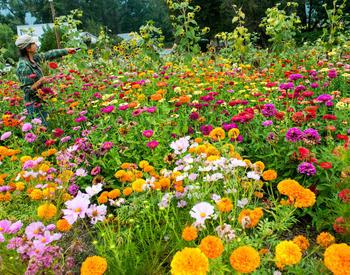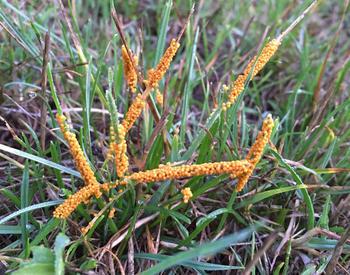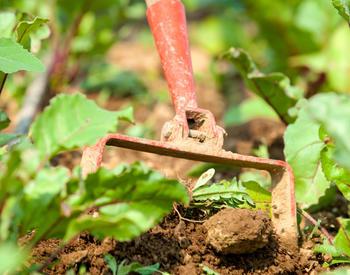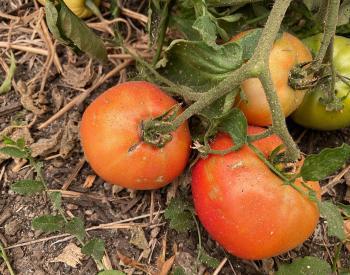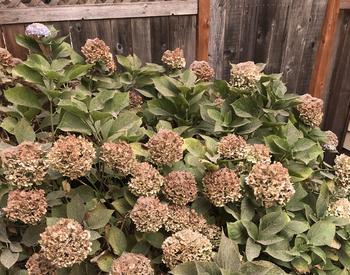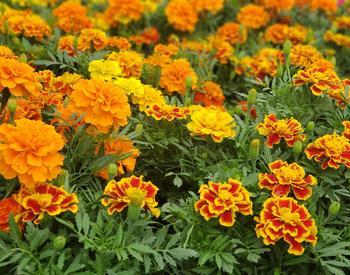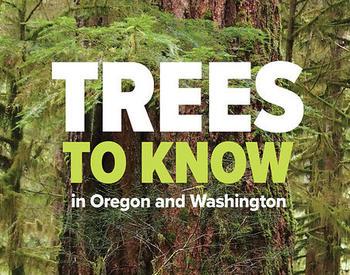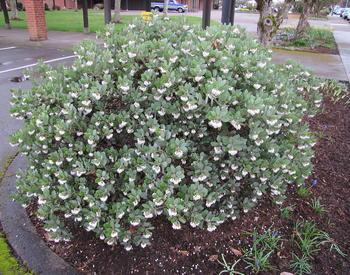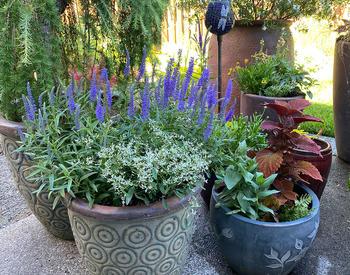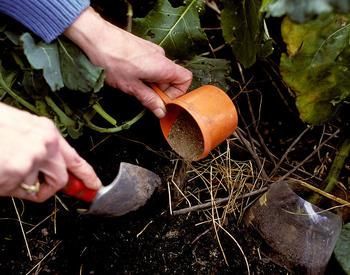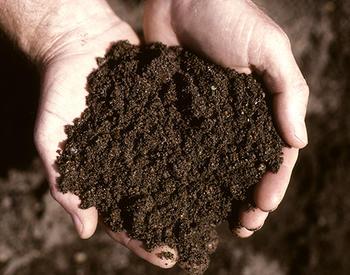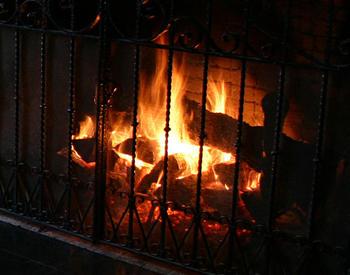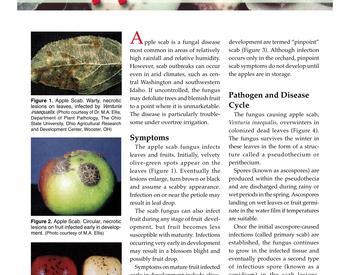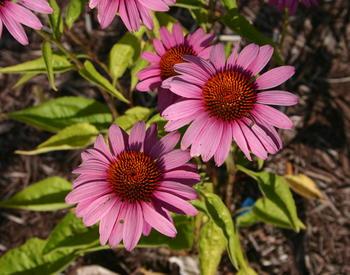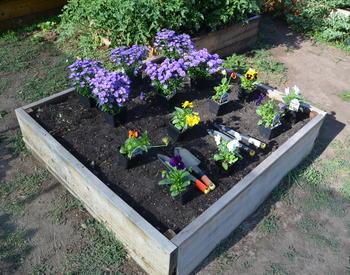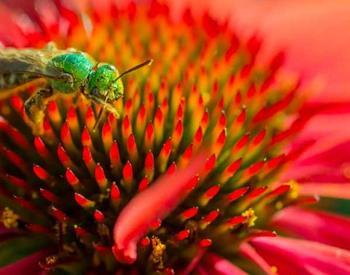CORVALLIS, Ore. - Madrone, madrona, madrono, arbutus. Wherever you live along the Pacific coast and whatever it's called where you are, it's the same tree: Arbutus menziesii, with leathery evergreen leaves, red bark peeling, whitish flowers and bright clusters of reddish-orange berries.
There are probably few plants that are more strongly identified with this area or are held in greater affection than the madrone.
If you have one in your garden, it may seem to be always shedding leaves, bark, flowers or berries. But many Northwest gardeners who've tried to transplant one without success would gladly pay that price.
In Oregon, the common name of these trees is madrone. According to Dave Shaw, Oregon State University Extension Service forest health specialist, madrones don't take well to tending by overly conscientious gardeners. They're more likely to show up in rocky arid areas where other trees don't survive, along an inhospitable roadside bank or in the middle of a dense Douglas fir stand than in a well-watered garden. In fact, if you do coax a madrone to grow in your garden, water it infrequently and deeply, if at all, once it's well-established, Shaw advised.
Madrones are notoriously difficult to transplant. Since madrones don't tolerate having their roots disturbed, buy the smallest plants you can find. Use exceptional care planting even small seedlings, not to cramp the roots. To increase your chances of success, buy and plant more than you think you really want. You can always dig the extra ones up later – or just enjoy having more madrones than you'd planned on.
One theory to explain why madrones are so difficult to transplant is that they rely heavily on a complex relationship with fungal filaments in the soil, Shaw said. These fungal filaments grow together with plant roots to form extensive networks called myccorhizae. These bring additional water and nutrients to the plant. Myccorhizae can increase the working surface area of the roots by as much as a thousand-fold.
If you can plant your madrone seedling in soil dug up from under a mature madrone tree, where myccorhizal relationships are already established, you might be able to give yours a head start.
Since madrones tend to shed leaves and bark over a period of several months throughout the summer, consider putting yours in an area that doesn't need to be manicured. Then as long as the tree doesn't have blight-blackened leaves, you can let both leaves and bark dry and crumble where they fall.
Leaf blight shows up as blackened leaves during the winter and can be widespread over the tree. At least some of the various types of fungus that cause madrone leaves to blacken are now thought to be endemic. The good news is that, while the black leaves are unsightly, they usually don't harm the tree substantially. The new leaves emerge shortly before the old ones drop, and soon the tree looks healthy again. However, if you have blighted leaves, try removing the blackened leaves promptly from under and even from the tree itself as the new ones emerge. Within a couple of years this method may help to reduce the blight to much less noticeable levels.
Irregular growth forms
Madrones tend to have irregular growth forms, sometimes putting out long bare branches with large clumps of leaves at the ends, especially if they're growing among other more aggressive trees where they need to twist and reach for the light. On rocky outcrops along some coastal stretches, you can find clusters of small madrones that have been stunted and gnarled by the wind. On the other hand, if they have little competition for space and little stress, they can also grow into a more classic shade-tree form with heavily leaved branches above a straight thick trunk.
Whatever their size, the individuality of madrones is always immediately recognizable by their distinctive bark, which is one of the charms of the tree.
The clusters of small whitish flowers in the spring attract insects, and mature madrone trunks attract woodpeckers. Other birds flock to the red berries in droves in late summer and fall. The berries are edible but rather tasteless for humans.
Other species of Arbutus are native to the eastern Mediterranean and to southern Europe, but madrone grows only on the Pacific Coast of North America, primarily from northern California to southern British Columbia.
